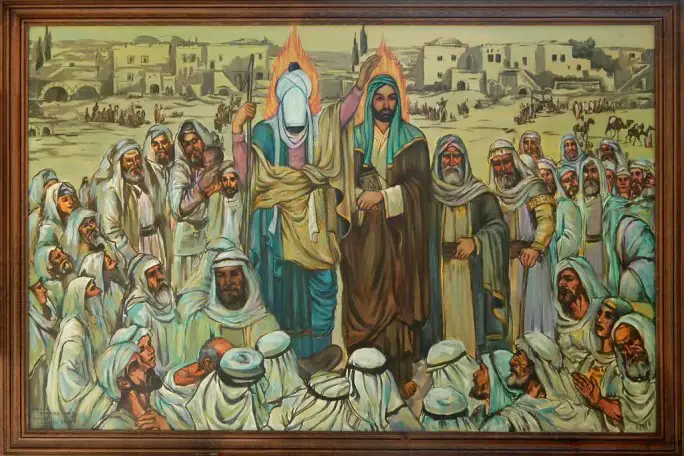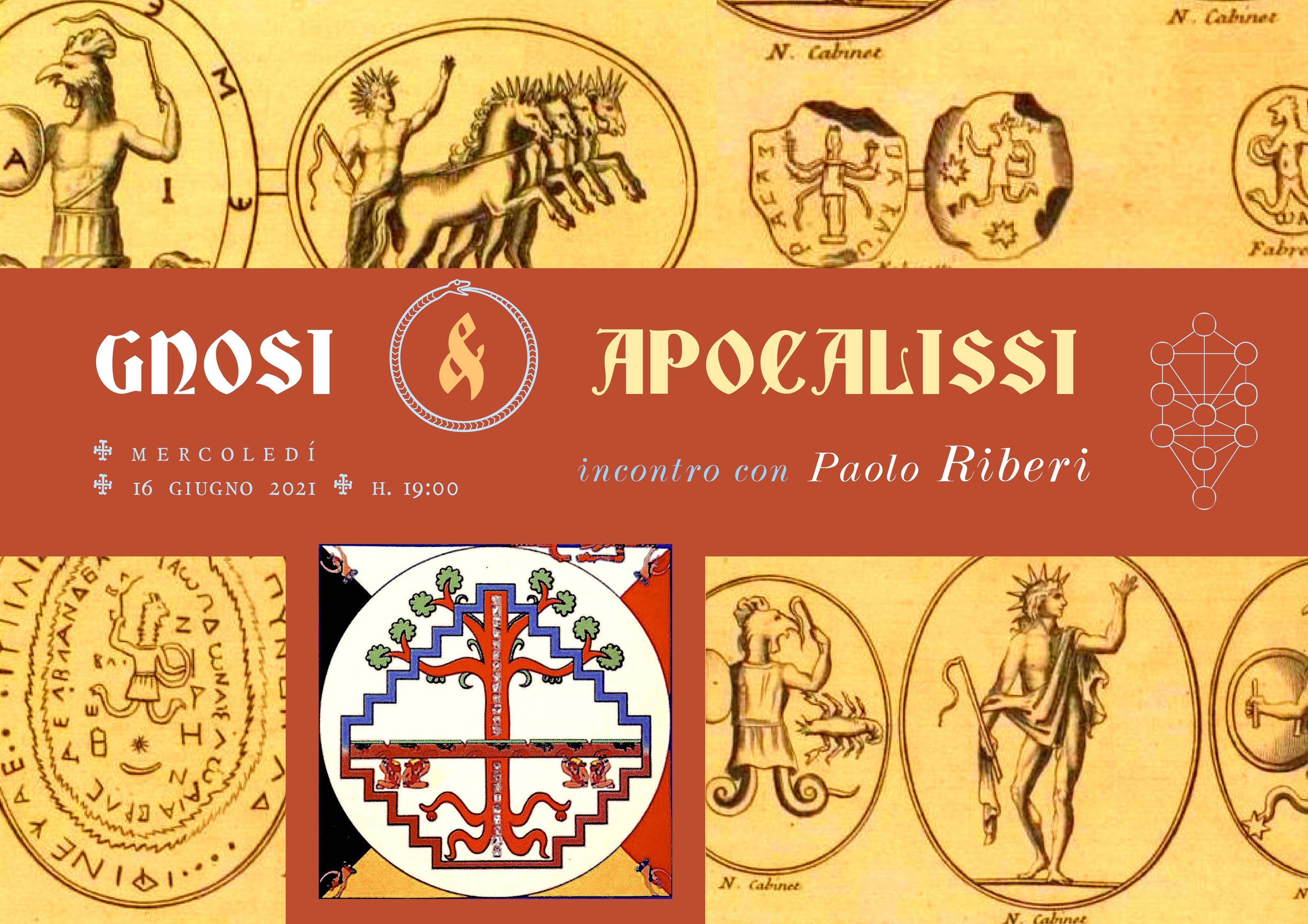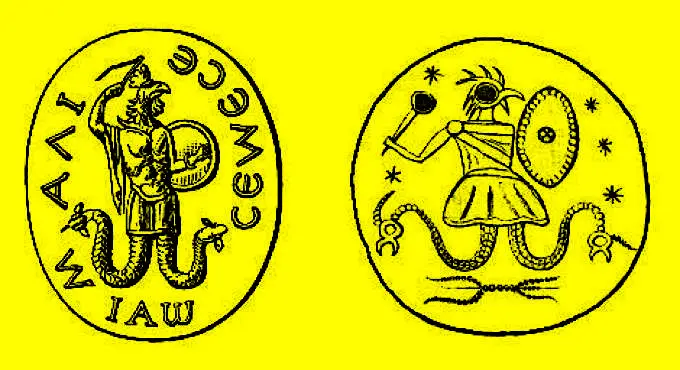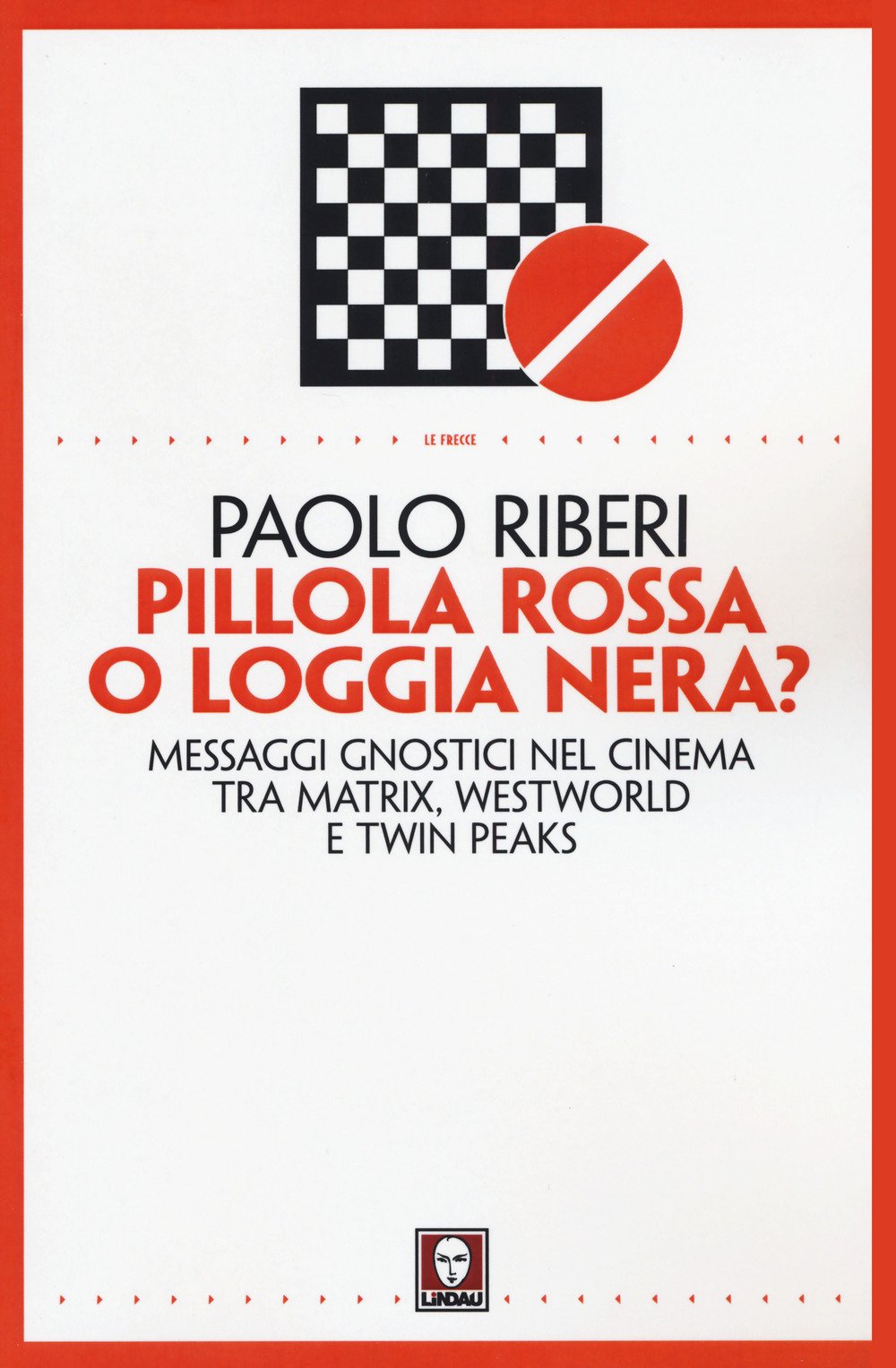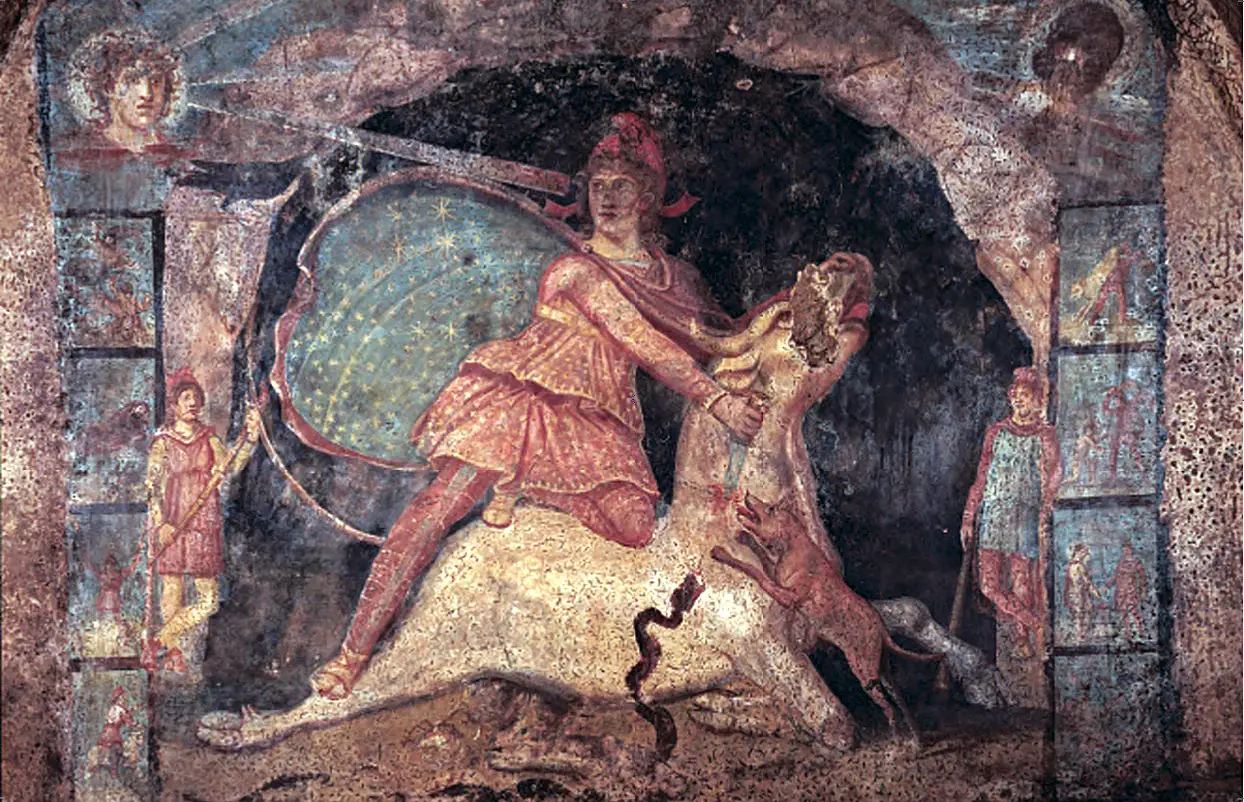Tag: Gnosis
Initiatory paths in Christian gnosis: the mosaic floor of Aquileia and the Pistis Sophia
Was original Christianity, Judeo-Christianity or Essene-Christianity, that doctrine that Christ handed over to his "pneumatic brother" James, a teaching that René Guénon saw impenetrably wrapped in the most discreet reserve, was it a gnosis? We can answer affirmatively by examining the representations of the large mosaic carpet inspired by Judeo-Christian themes present in the cathedral of Aquileia. Their peculiar iconography provides much more than a clue to support this thesis.
Live video: “Gnosis & Apocalissi”, with Paolo Riberi
The second appointment of our new series of online conferences and presentations will be broadcast on our YouTube channel on Wednesday evening at 19:00. This week Paolo Riberi, author of the essays, will be with us "Abraxas: the magic of the drum" (Mimesis, 2021), "Red pill or black lodge?" (Lindau, 2017), "The Apocalypse of Adam" (Lindau, 2013), "Mary Magdalene and the others" (The Age of Aquarius, 2015) and "The Gnostic Apocalypse of Light" (Esther, 2020) .
Abraxas, or on escaping from the cosmic prison
In their new book, "Abraxas: the magic of the drum. The forgotten cult of the cosmic god from shamanism to gnosis", released in March for Mimesis, Paolo Riberi and Igor Caputo investigate the figure of the god / demon Abraxas, halfway between that of the Demiurge of the Gnostic and Platonic cosmogony and that of the aeonic god who connects the various levels of the cosmic manifestation.
Children of a lesser god: Gnostic elements in the Nag Hammadi manuscripts
The discovery of an entire "Gnostic library" in Nag Hammadi, Egypt, in 1945, revealed to the world the "cosmic pessimism" of some of the earliest Christian congregations in the Near East, based on the ontological difference between the unknowable God- Father of the Synoptic Gospels and the "God of this world", a figure who has notable correspondences but also sensitive distinctions with the Platonic Demiurge.
The pilgrimage to the subtle body: a little-big book by Annick de Souzenelle
In "Va 'verso te", recently published in Italian by Edizioni Tlon, Gallican Catholicism, Alexandrian Gnosticism, Jewish Kabbalah, Greek myths and depth psychology converge, among other things. loci privileged incarnation of the eternal archetypes.
Paolo Riberi: the “Gnostic Renaissance” in modern cinema
We are pleased to report to our readers the publication of the new work by Paolo Riberi, Red pill or black lodge? Gnostic messages in the cinema between the Matrix, Westworld and Twin Peaks (Lindau, Turin, 2017), in which the author honors the writer of the mention of the article The secrets of Twin Peaks: the "Evil that comes from the woods", published on this site.
The religions of mystery: soteriology of the Mithraic cult and of Attis / Cybele
(image on the side: affresco representing Mithra killing the bull, XNUMXnd cent. AD, Marino, Italy)
NIn the 50s, the Gnostic documents of Nag Hammadi, found immediately after the war in Egypt, made their entry into the academic world, and the need arose in the field of studies for a reflection on the material available and a rethinking of the categories into which they fell. the so-called mystery cults. The years between the 30s and 40s had already brought new materials and new research hypotheses: studies on pattern or mythical-ritual model inaugurated in England, which still felt the influence of Frazerian comparativism, "by now they were putting the theme of mystery religions in a broader perspective to consider them, one by one, in their ancient roots of national and ethnic religions - Crete, Egypt, Anatolia and the rest of anterior Asia, overcoming the limitation to mystical and soteriological cults of the Hellenistic-Roman age and in particular those relating to divinities of oriental origin»Such as Mithra (Persia), Isis and Osiris (Egypt, Rome), Cybele and Attis (Anatolia), Aphrodite / Astarte and Adonis (Phenicia, Greece) [From: U. Bianchi, The study of mystery religionsin The soteriology of oriental cults in the Roman Empire, Proceedings of the International Colloquium, Rome 24-28 Sept. 1979].

